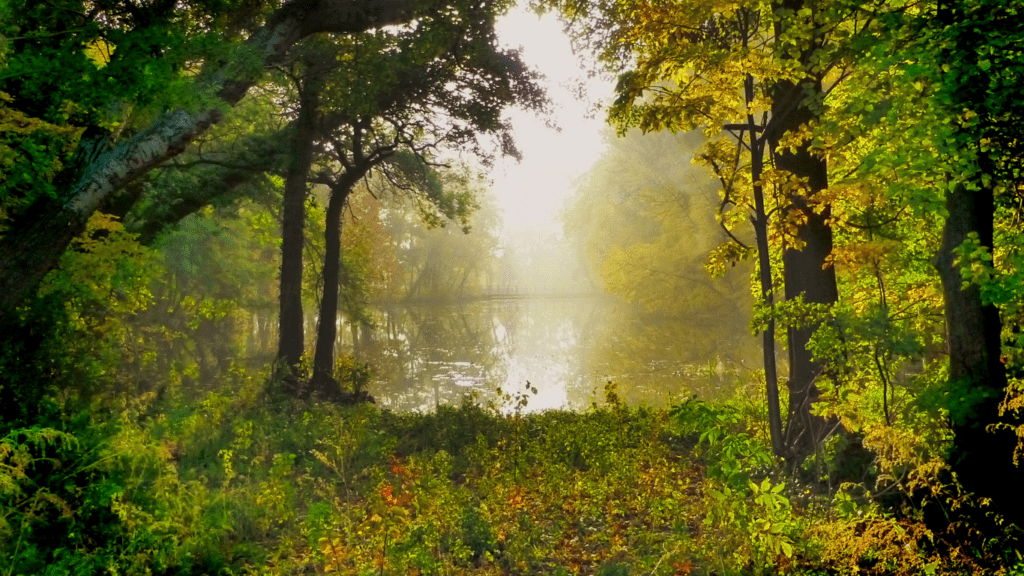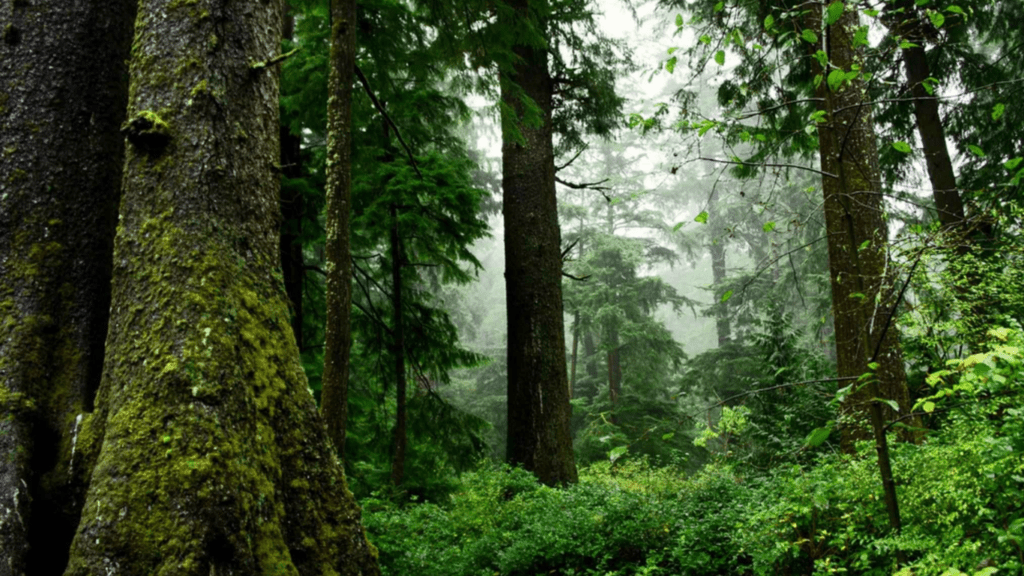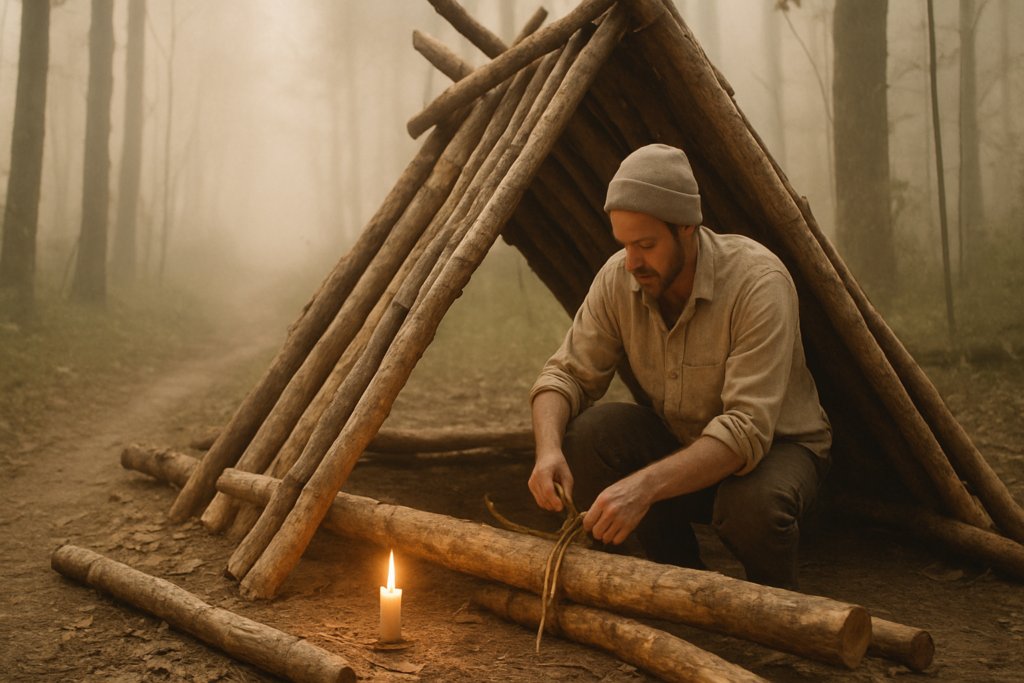Importance of Identifying Edible Plants
Recognizing edible plants in the forest is crucial for safety. Eating the wrong plant can lead to serious health issues, including poisoning.
Safety aside, identifying edible plants helps me connect with nature. By understanding which plants are safe to eat, I deepen my bond with the environment and enhance my outdoor experience.
Knowing which plants are edible also broadens my dietary options. Wild plants like berries and greens provide essential vitamins and minerals, contributing to a balanced diet.
Foraging for edible plants is a sustainable way to source food. It reduces reliance on commercially produced goods and supports eco-friendly practices.
Lastly, learning about edible plants boosts my survival skills. In case of emergency, I can confidently forage for food, ensuring my safety and well-being.
Key Characteristics of Edible Plants
Recognizing key characteristics helps determine if a plant is safe. Focus on leaf structure, flower identification, and fruit and seed analysis to enhance foraging skills.
Leaf Structure
Edible plants often have broad, non-waxy leaves. For example, dandelions have deeply serrated edges, while wild spinach features oval, smooth leaves. Consider the leaf’s arrangement and texture; many edible species have soft, non-hairy leaves.
Flower Identification
Flowers can indicate edibility. Edible plants typically have vibrant flowers; clover has pink or white blooms. Note the number and arrangement of petals and stamens. Usually, symmetrical flowers with a consistent petal pattern are safer. Avoid flowers with spiky or complex structures.
Fruit and Seed Analysis
Examine fruits and seeds carefully. Edible fruits are often bright and fleshy, like blackberries or elderberries. Check seed shape and size; many edible seeds, such as those from sunflowers, are small and uniform. Always avoid plants with milky sap or bitter taste.
Common Edible Plants in Different Forests
When foraging in forests, knowing which plants are edible can make the difference between a safe, rewarding experience and a harmful one. In different forest types, you’ll find various edible plants with unique characteristics.
Temperate Forests
Temperate forests, home to diverse plant species, offer a variety of edibles. You can find wild berries like blackberries, raspberries, and blueberries thriving in these regions. Oak trees produce acorns, which, after proper processing, are a valuable food source. Ferns, specifically fiddleheads from young ferns like the Ostrich fern, are also edible and rich in nutrients. Be aware of toxic look-alikes, such as certain ferns that look like edible fiddleheads but can be poisonous.
Tropical Forests
In tropical forests, you’ll encounter unique edible plants not found in temperate regions. Bananas, plantains, and coconuts are abundant in these areas, providing essential calories and hydration. Mango trees yield sweet, nutritious fruits, while breadfruit trees offer a starchy, versatile food source. Be mindful of unfamiliar plants, as tropical forests also host toxic species that mimic edible ones.
Boreal Forests
Boreal forests, or taiga, have a more limited selection of edible plants due to harsher climates. However, they provide valuable resources. You can forage for wild blueberries and cranberries, as well as lingonberries, which are rich in vitamins. Pine nuts from pine trees are another nutritious option. Be cautious of plants with toxic parts, like the yew tree, which has poisonous needles and seeds.
Safety Guidelines for Foraging
Foraging in the forest presents substantial benefits, but maintaining safety is paramount. Understanding how to identify and properly collect edible plants will prevent harmful mistakes and ensure a rewarding experience.
Poisonous Plant Identification
Accurate identification of poisonous plants is crucial. I always look for common warning signs, such as:
- Milky Sap: Plants like poison hemlock and spurge release milky or discolored sap when cut.
- Bitter Taste: Plants with a particularly bitter taste, like buttercup, often contain toxins.
- Thorny or Hairy Structures: Plants with sharp thorns or furry surfaces, like poison ivy and nettles, are often harmful.
- Unusual Odors: Strong, unpleasant smells can indicate toxicity. For instance, poison hemlock emits a mouse-like odor.
Proper Foraging Techniques
Correct foraging techniques preserve the plant population and ensure sustainability. Here’s my approach:
- Identification Verification: I always cross-check plant features with reputable foraging guides before picking.
- Minimal Harvesting: Collecting only what I need ensures some plants remain to propagate fully. I never strip entire plants or patches.
- Clean Tools: I use clean, sharp tools to avoid damaging plants and reducing their chances of survival.
- Respect for Wildlife: I stay mindful of wildlife dependencies on certain plants for food and shelter and avoid over-harvesting these critical resources.
Best Practices for Consumption
Ensuring the plants are safe to eat is the final step. My consumption tips include:
- Thorough Washing: I wash all wild plants with clean, filtered water to remove dirt and potential contaminants.
- Proper Preparation: Some plants must be cooked to neutralize natural toxins or improve digestibility. For example, fiddleheads require boiling.
- Moderation: Introduce new wild foods slowly to monitor for any adverse reactions or allergies, consuming small portions initially.
Following these guidelines fortifies my foraging experience, blending safety with nature’s bounty.
Tools and Resources for Plant Identification

Identifying edible plants in the forest requires trusted tools and resources. Here are essential tools to help confidently identify and safely forage edible plants.
Field Guides
Field guides, especially those specific to the local region, are invaluable. They offer detailed information and vivid images of plants. For example, “Peterson Field Guide to Edible Wild Plants” provides detailed descriptions and color photographs. Regional guides like “Edible Wild Plants: Wild Foods from Dirt to Plate” help zero in on specific plants found in local forests. Using these guides, comparing physical characteristics like leaf shape and fruit color becomes manageable and precise. Always select guides authored by experts for the most reliable information.
Mobile Apps
Mobile apps add convenience, especially for on-the-go foragers. Apps like PlantSnap and iNaturalist use image recognition technology to identify plants instantly. For instance, PlantSnap offers a database of 600,000+ plants, making it an extensive resource. Another good example is Seek by iNaturalist, which also provides geographical information about plant distributions. Download multiple apps to cross-verify plant identities and enhance accuracy.
Educational Workshops
Educational workshops are practical tools for learning hands-on skills. Experienced foragers and botanists lead these events, offering firsthand experience and live demonstrations. Workshops usually comprise guided tours, where participants practice identifying edible plants in their natural environments. Look for workshops offered by local botanical gardens, nature centers, or survival schools. Examples include Wild Food Adventures and Foraging & Feasting workshops, which cover plant identification, safety guidelines, and sustainable foraging practices. Participating in these workshops builds confidence and practical knowledge in identifying and collecting edible plants.




